If you read the ST datasheet you will see that they offer both the thick and thin tabs, with the LM317T being the default "single gauge" and the LM317T-DG having the thicker ~1.3mm tab.
As of this writing, and using Digikey.com pricing (probably quite a bit higher than production quantity pricing- and more likely indicative of list price ratio), the cost of 1,000 pieces is
ST LM317T $262.50 USD/1000
ST LM317T-DG $358.75 USD/1000
As well as (potential*) part cost savings, the part is lighter so shipping by air will likely be cheaper and the end product will be slightly lighter.
* potential since some suppliers currently show the -DG variant as cheaper
P.S. When the LM317 was first introduced in the mid-1970s (~45 years ago) it was common to use linear regulators in situations where they would dissipate a lot of power. These days it is rare for a linear regulator to be used in a situation where the TO-220 is dissipating anything near what it is capable of, because that would be wasting power that could be saved with switchmode power supply. So there are quite a few TO-220 package regulators that are used dissipating well under 1W, often without a heat sink at all. The same is true of the even older LM78xx and LM79xx regulators.


